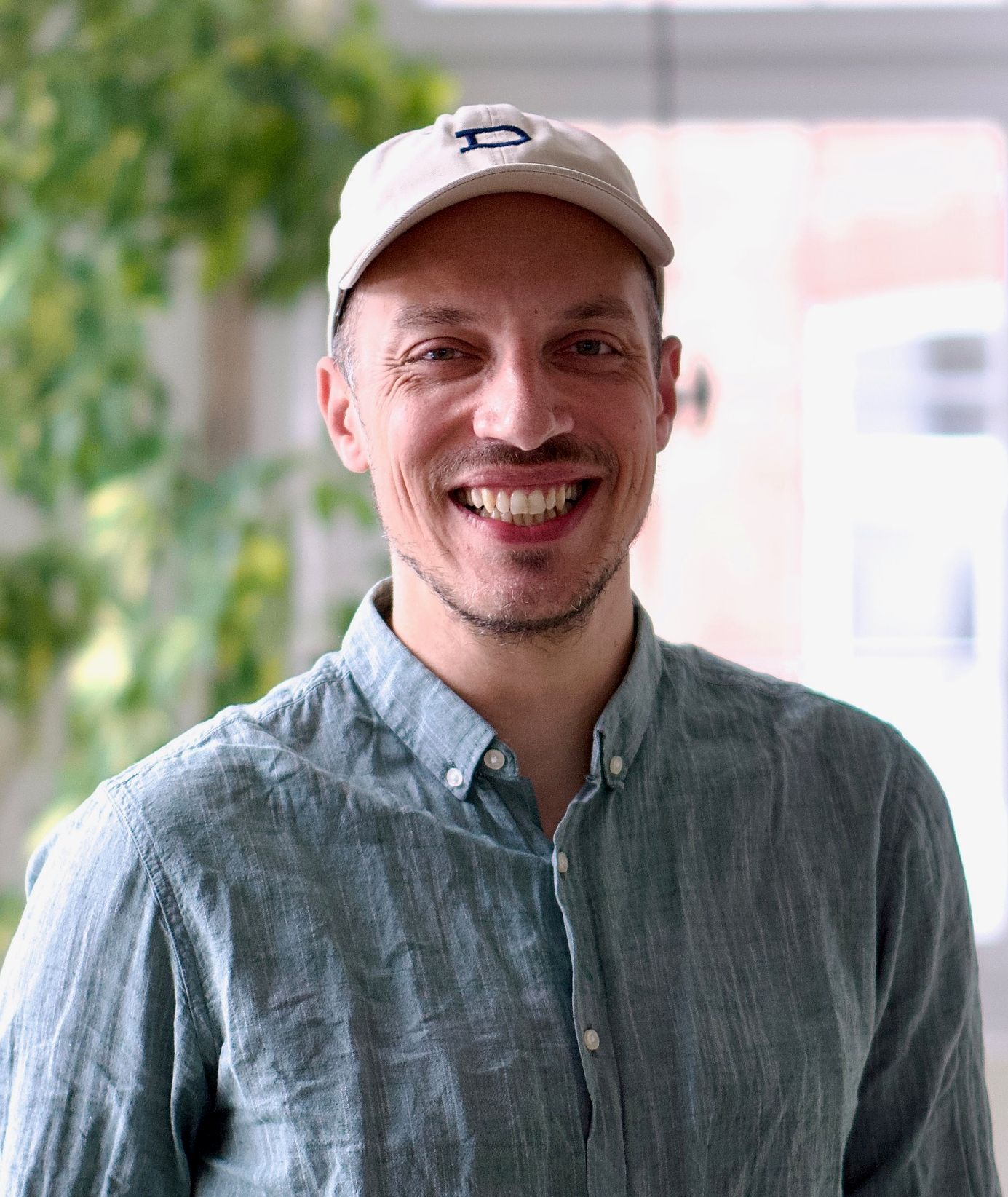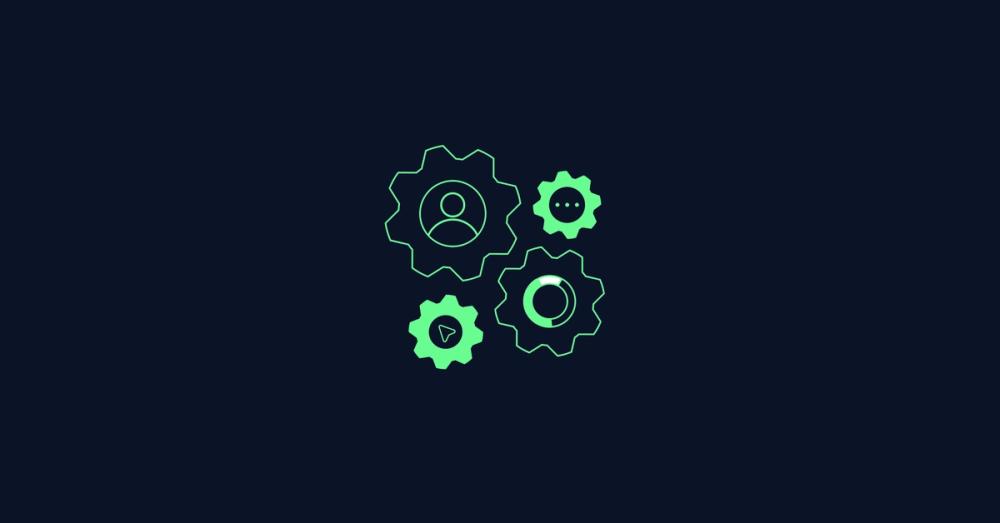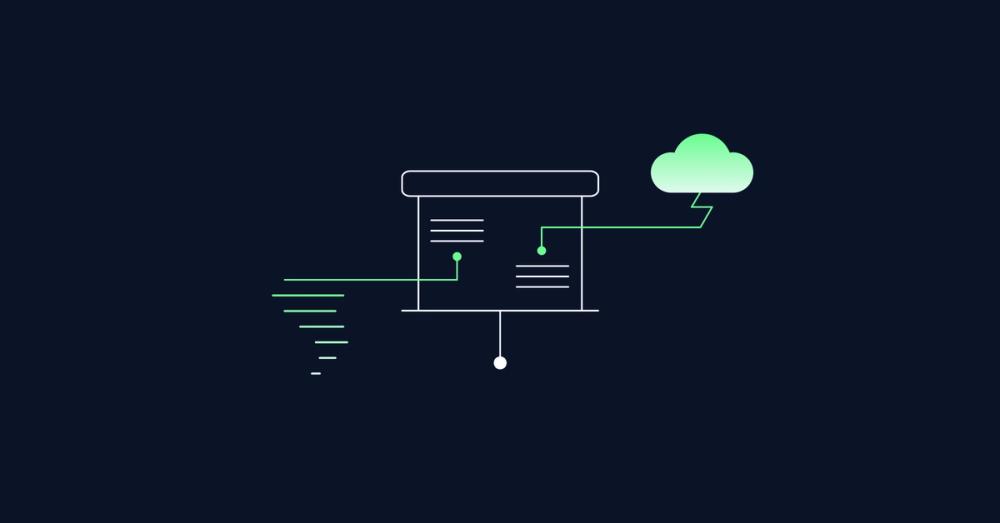New Dinghy Website Part 3 – Capturing projects in structured content

Video Summary Link to this headline
Welcome back, everyone! It's Nils Borgböhmer again, continuing our series on rebuilding the Dinghy website. If you've been following along, you know we've been setting up our content management system with Sanity to structure our content in the most reusable way possible. Today, I want to share something that really illustrates the benefits of our approach.
We're in the midst of showcasing our previous projects on the website, and there's a beautiful new layout that I'm working on implementing. This layout includes various elements like headlines, tags, client logos, key visuals, project details, outcomes, testimonials, and a scrolling carousel of deliverables. Each of these elements follows a structured format, typical for website content.
Previously, our team collected content on Notion, which was a bit like putting groceries in a shopping cart only to transfer them to a car. We've realized that we can streamline this process by eliminating this middle step. Unlike Notion, where content is not inherently structured and requires manual organization, we're now transitioning to using Sanity directly for content management.
I've prepared a demo to show how we're structuring content for our projects in Sanity. We start with standard fields like title, description, and URL for SEO purposes. Then, we add fields relevant to our project layout, like headlines, intro text, and tags. For instance, when adding tags, we're reusing a collection that's already established in Sanity, ensuring consistency across different parts of the website.
The process is straightforward and efficient. I can easily add fields for various elements of the project layout, like the cover image. What's great is that we can upload high-resolution images directly to Sanity and then use them in various formats as needed. This flexibility is a game-changer, especially for handling rich media content.
By directly entering and managing content in Sanity, we're significantly reducing the workload and increasing efficiency. This method allows us to keep content in one place and update it seamlessly across different platforms, whether it's our website, LinkedIn, or other channels. The content won't appear on the website until it's ready and published, giving us full control over the process.
I'm genuinely excited about this new workflow. It's not just about saving time; it's about working smarter and maintaining a consistent, on-brand presence across all our platforms. This approach is ideal for teams that want to move quickly while staying aligned and efficient.
Thanks for watching, and stay tuned for more updates as we continue to evolve our website at Dinghy. See you next time!


